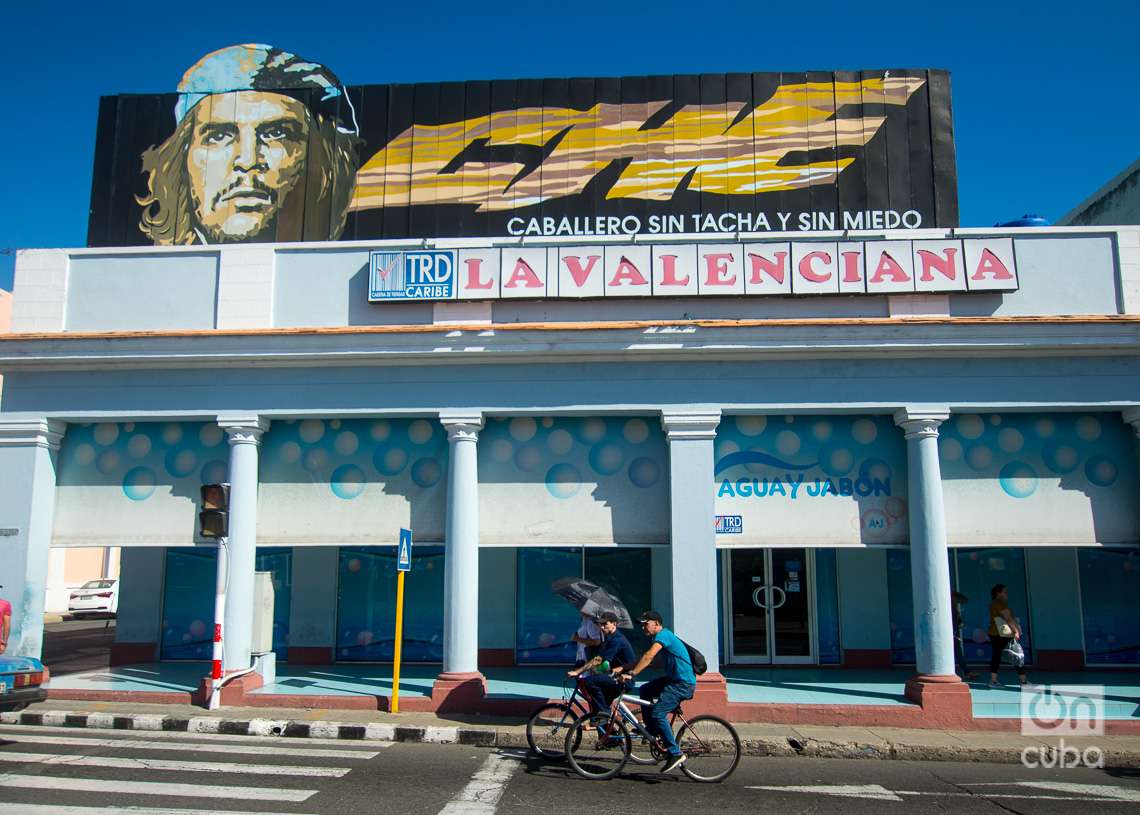Also called friendshoring, it is a window of opportunity not only because it is close to the United States, but also because of the USMCA and the other 13 free trade agreements it has with around 50 countries around the world.
Mexico has a history of direct foreign investment before and after the North American Free Trade Agreement, recalled Ildefonso Guajardo, former chief negotiator for the T-MEC.
Before NAFTA (1994) 90% of the FDI that arrived in Mexico came from the United States. Later, European investment began to arrive, mainly Spanish, Guajardo added during his participation at the table Nearshoring: Global expectation or true friendshoring? That Grupo Financiero Base organized on Thursday afternoon.
“Now, where do we see the next stage of foreign direct investment? From Asia,” said the former official.
During the past year, Mexico received more than 35,200 million dollars of foreign direct investment, according to data from the Ministry of Economy.
Of that amount, $15 billion came from the United States, $3.8 billion from Canada and $2.3 billion more from Germany. While, together, Japan (1,800 million dollars), Korea (700 million dollars), Hong Kong (500 million dollars) and China (300 million dollars) contributed 3,300 million dollars, detailed the SE.
Asian companies and those from other regions of the world that manufacture their products in Asia “realized the importance of being close to the main markets,” especially if that market is the United States, said Nicolás Guiarte, foreign exchange and derivatives director. of Base Financial Group.
A button is enough to show. Elon Musk, during Tesla Day, said that the Mexico plant will be to increase the production of electric vehicles, not to replace what is done in Asia.
For this year, FDI in Mexico is expected to reach 42,000 million dollars, said Gabriela Siller, director of economic-financial analysis at Banco Base.
In order for this data to materialize, investment in infrastructure has to be made, particularly communication routes and customs infrastructure, Guajardo said; as well as resolve pending issues related to the supply of electrical energy, security.
In addition to the challenges that exist throughout the country, by areas there are also challenges to be resolved:
In the case of the North of the country, work must be done to improve export capacity, in the central zone work must be done to increase the supply of industrial parks; while in the South, labor and infrastructure and communication channels with the rest of the country have to be trained, said Enrique Galeana, director of administration and finance of Grupo Financiero Base.








